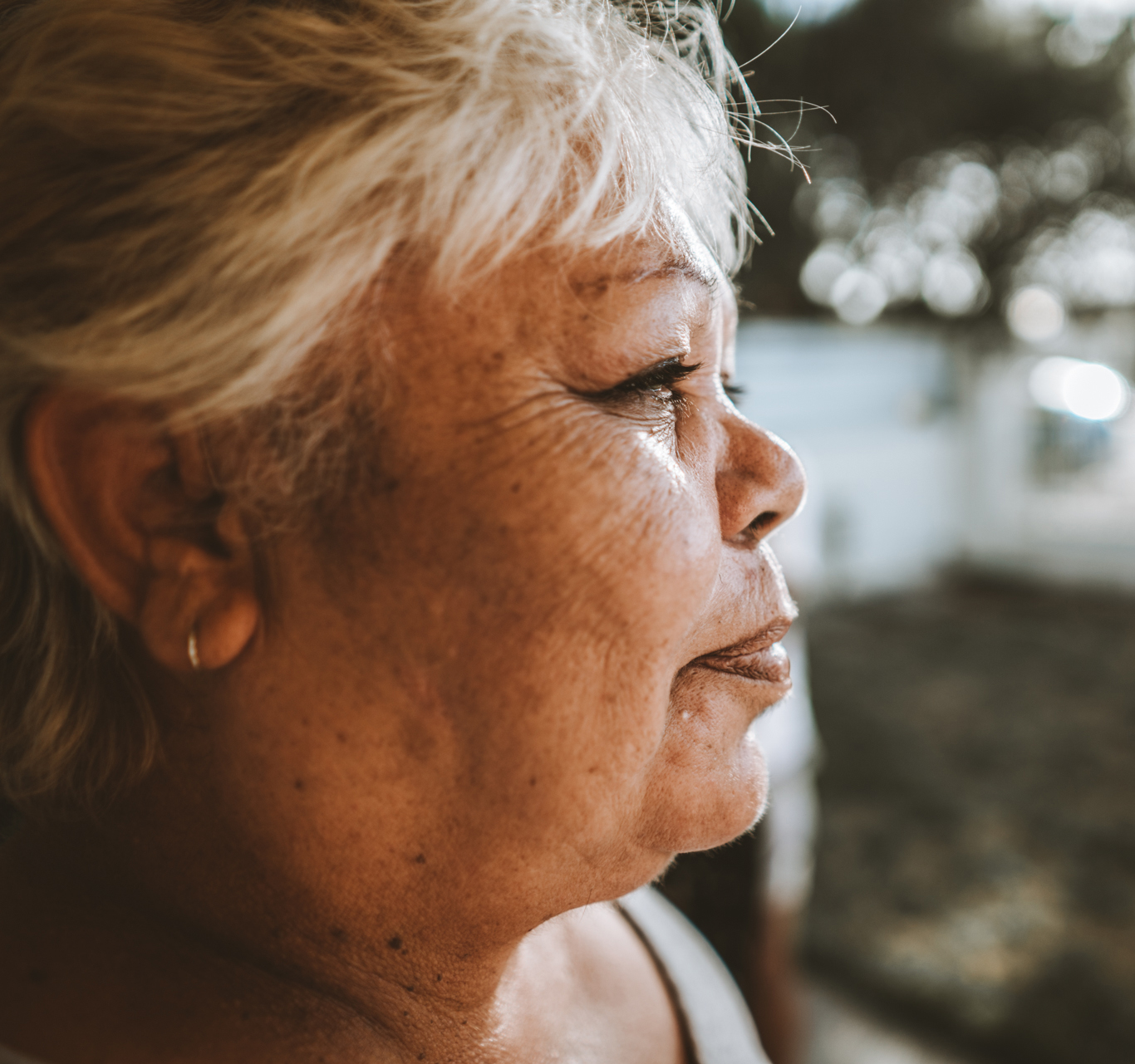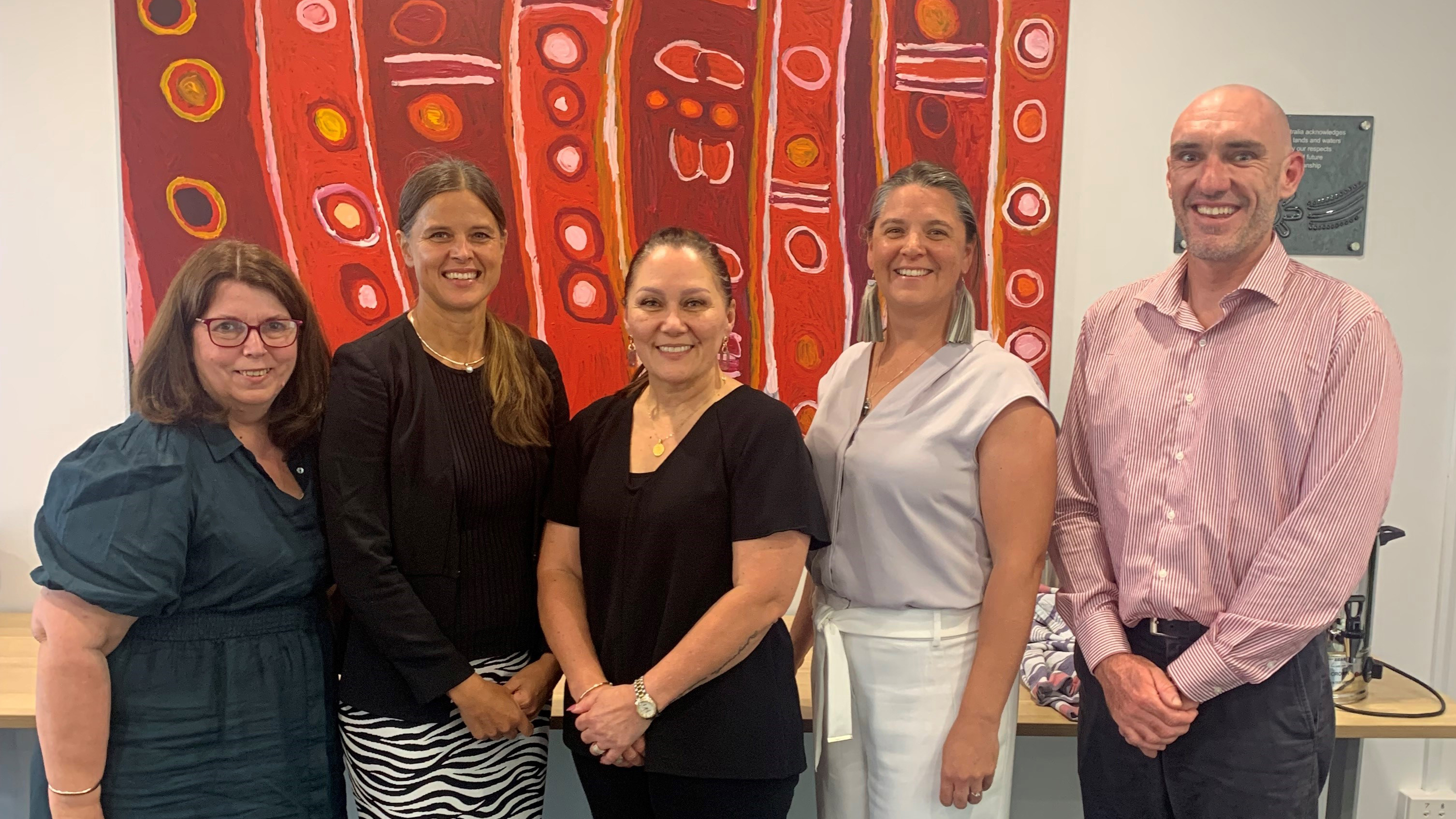Hearing Australia is urging women of all ages to celebrate the sounds they love by taking time out to think about their hearing health during this year’s Women’s Health Week (2-6 September).
“Hearing is an important part of life that helps keep people connected to the people and places they love,” says Catherine Hart, an audiologist at Hearing Australia. “Good hearing plays a significant role in helping people stay active, happy and involved in the world around them.”
The topic is not often on most women’s agenda, but now, Hearing Australia is encouraging women to put their health first and make positive changes to last a lifetime. This includes taking care of their hearing health. According to Deloitte Access Economics, the increase in hearing loss prevalence among Australian women is projected to rise to 23.5% in 20601.
Women’s Health Week focuses on the fact that if women invest more time in themselves, they are likely to be happier and healthier. And that’s great news for them and their loved ones. Women are typically the primary care givers in their families and communities, with Australian women more likely to provide care in all age groups between the ages of 18-74. In the 15-64 years age group 72.5 % of primary carers are women2.
Hearing Australia is inviting women across the nation to take a free* hearing check to invest in their hearing health. The Hearing Australia team is on hand to guide women through what their next steps may be to help them rediscover the sounds they love. Sometimes people might need support hearing the television at a volume comfortable for others, hearing at noisy social events, or hearing friends and family on the phone.
“The sooner you can address hearing loss the better,” adds Catherine. “We encourage people to consider a hearing check as part of their regular good health programme, like attending a fitness class, testing their blood pressure or visiting the dentist. There are also a number of proactive steps you can take to make sure your hearing stays in great shape.”
The National Acoustic Laboratories, the research division of Hearing Australia, suggests three ways to help prevent hearing loss3.
Hands up for headphones
- If you use headphones to listen to music when you’re out for a run or a walk, be mindful of the volume level – keep it below 80% of full volume and limit your listening time to no more than 1.5 hours per day.
- It’s also a good idea to invest in a pair of good quality, well-fitting, noise-cancelling earbuds or headphones. Not only will you appreciate the sound quality, you’ll find you won’t have to turn up the volume to listen to your favourite tracks to drown out the sound of passing traffic.
Reduce your risk
- Increasing your distance from the sound source is one of the easiest ways to reduce your risk of excessive noise exposure. For example, if you’re in a gym class with loud music, check where the speakers are and find a spot that’s further away. Even better, have a chat with your instructor and request a lower volume – there’s a good chance that others in the class are thinking the same thing!
Hearing protection
- Sometimes it’s not possible to avoid loud sound, such as when you’re riding a scooter, using a leaf blower, or if you’re at a loud music concert. In cases like these, be sure to use hearing protection. There are lots of different types suited to different situations.
- When you’re mowing the lawn, choose earmuffs from the hardware store; when riding a scooter, try foam earplugs; and for concerts, carry a pair of one-size-fits-all high-fidelity earplugs that are specially designed for listening to music – they won’t distort the music and they’re comfortable enough to wear all night.
“At Hearing Australia, we’re committed to providing world leading research and hearing services that enhance the wellbeing of all Australians,” says Kim Terrell, Managing Director of Hearing Australia. “We know that women are great at taking care of others, so this Women’s Health Week, we want to help take care of the wellbeing of all the women in our lives. You can drop into your local Hearing Australia Centre, or one of our events, or hop on our bus for a quick hearing check to make sure you keep enjoying all the sounds you love.”
ENDS
References:
1 The Social and Economic Cost of Hearing Loss in Australia. Hearing Care Industry Association (HCIA) June 2017 – Deloitte Access Economics
2 Investing in care: Recognising and valuing those who care Australian Human Rights Commission https://www.humanrights.gov.au/our-work/sex-discrimination/publications/investing-care-recognising-and-valuing-those-who-care
3 Research from National Acoustic Laboratories, the research division of Hearing Australia
*Only 15 minute hearing checks are free. Other services may attract charges/fees or may be subsidised for those eligible under the Australian Government Hearing Services Program. A hearing check is a screening that helps identify people that may have hearing loss.
About Hearing Australia
Hearing Australia has been helping Australians rediscover the joy of sound for over 70 years. Its mission is to provide world leading research and hearing services for the wellbeing of all Australians. With its dedicated team, Hearing Australia is the nation’s largest provider of government-funded hearing services for children, young adults up to 26, Aboriginal and Torres Strait Islander people, pensioners and veterans. With over 600 locations across the country, Hearing Australia is committed to delivering world leading hearing solutions and value to its clients, to government and to the communities it serves.
Media contacts:
| Lisa Llewellyn
Impact Agency 0419 401 362 |
Linda Ballam-Davies
Hearing Australia 0438 992 282 |








